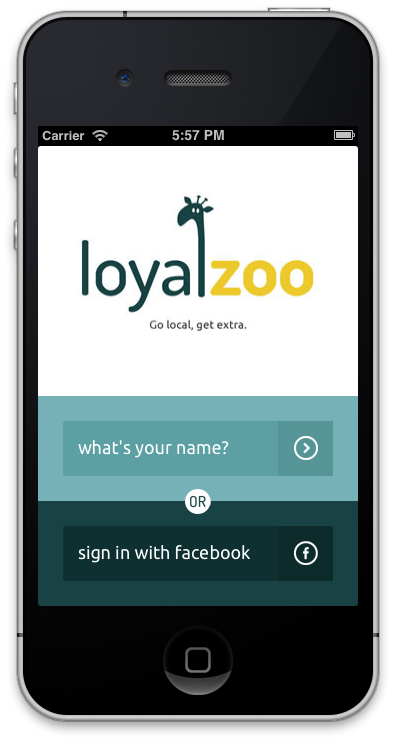If merchants could study the spending that takes place in their shops, they would no doubt find that a very small proportion of their customers account for the bulk of their revenue. The businesses that work are always the ones that concentrate on satisfying the customers they have rather than chasing after new ones. And once you do have new customers, you work to keep them in the same way.
The Loyalzoo app then works at three levels
1) It stops the drain
The problem with many local businesses is that they have no way of holding onto their existing customers. People who have been visiting a shop for years on end can be lured away with an offer from another or can decamp entirely to the retail park and forget about their neighbourhood. Some shops try and staunch the flow by issuing stamp cards, but unlike the Loyalzoo app – in which the more shops are on it the stronger it gets – stamp cards get debased the more shops issue them. With Loyalzoo, you get to know your customers by name – or nickname! –while they can see their rewards build up on their phones, giving them a powerful incentive not to take their custom elsewhere.
2) You can start to rely on the customers you’ve got
Whether we like or not, the mobile device is a most precious possession. Once customers have you on their phones their relationship with you changes. They are reminded of you every time they launch the app and every time they go visit another local shop on their list. You are no longer just a shop somewhere in the neighbourhood. You know them and they know you. It gets personal.
3) It increases spending
There is a curious psychology with loyalty schemes, that the closer we are to a reward, the faster we want to get there. If I look at my phone and see that I’ve filled 70% of my card, something happens that makes me want to speed it to the finishing line. It’s a strange impulse which seems rooted in our nature. Whatever the reason for it, it means that instead of a customer taking (for example) a month to buy 10 cups of coffee, he/she might be inclined to do it in three weeks. That’s a 25% increase in spend by that one customer.
And once you’ve got a loyal base of customers coming back again and again then getting in new customers is less of a challenge. A regular clientele speaks for itself. Get that right and lots of other stuff falls into place.


